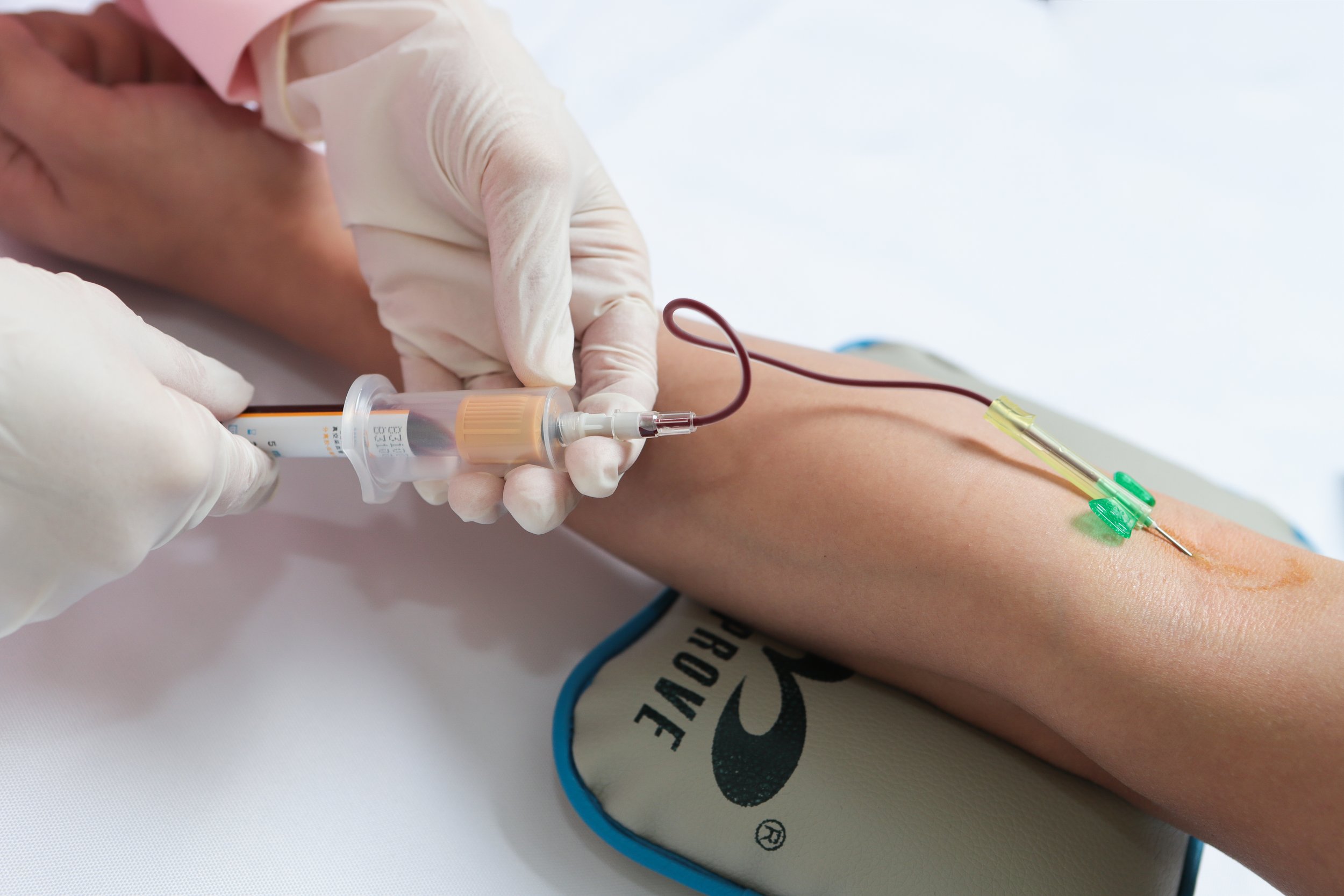Safety Standards for Diagnostic Supplies in Medical Labs and Phlebotomy Practices
Summary
- It is crucial for medical laboratories and phlebotomy practices to adhere to safety standards to protect both healthcare workers and patients.
- The Occupational Safety and Health Administration (OSHA) sets guidelines and Regulations for the safe handling of diagnostic supplies.
- Following safety protocols, such as proper storage, handling, and disposal of diagnostic supplies, is essential in maintaining a safe work environment in medical labs and phlebotomy settings.
Safety Standards for Diagnostic Supplies in Medical Labs and Phlebotomy
Medical laboratories and phlebotomy practices play a crucial role in diagnosing and monitoring patients' health conditions. However, working in these environments can pose various risks to healthcare workers if proper safety measures are not followed. One of the key aspects of maintaining a safe work environment in medical labs and phlebotomy settings is ensuring that diagnostic supplies are handled, stored, and disposed of correctly. In the United States, there are specific safety standards that apply to diagnostic supplies to protect both healthcare workers and patients.
Occupational Safety and Health Administration (OSHA) Regulations
The Occupational Safety and Health Administration (OSHA) is the main federal agency responsible for setting and enforcing safety and health Regulations in the workplace. OSHA provides guidelines and Regulations to ensure that healthcare workers are protected from occupational hazards, including those related to the handling of diagnostic supplies in medical labs and phlebotomy practices.
OSHA's Regulations cover various aspects of safety in medical laboratories and phlebotomy settings, including the following:
- Personal Protective Equipment (PPE): OSHA requires healthcare workers to wear appropriate PPE, such as gloves, gowns, masks, and eye protection, when handling diagnostic supplies that may pose a risk of exposure to infectious agents or hazardous chemicals.
- Chemical Safety: OSHA has specific guidelines for the safe use and handling of chemicals in medical laboratories, including diagnostic reagents and solutions. Healthcare workers must be trained on how to properly handle, store, and dispose of hazardous chemicals to prevent accidents and injuries.
- Waste Management: OSHA Regulations also cover the Proper Disposal of medical waste, including used diagnostic supplies such as needles, syringes, and specimen containers. Healthcare facilities must have designated waste disposal protocols to prevent the spread of infections and protect the environment.
Best Practices for Handling Diagnostic Supplies
In addition to OSHA Regulations, there are several best practices that medical laboratories and phlebotomy practices can follow to ensure the safe handling of diagnostic supplies:
- Proper Storage: Diagnostic supplies should be stored in designated areas that are clean, well-ventilated, and free from contaminants. Temperature-sensitive supplies should be stored according to the manufacturer's recommendations to maintain their effectiveness.
- Labeling: All diagnostic supplies should be properly labeled with the contents, expiration date, and any special handling instructions. This helps healthcare workers identify the supplies easily and ensures that they are used before they expire.
- Hygiene Practices: Healthcare workers should follow strict Hand Hygiene practices, such as washing hands regularly and using hand sanitizers, especially before and after handling diagnostic supplies or interacting with patients.
- Training and Education: All healthcare workers involved in handling diagnostic supplies should receive proper training on safety protocols and best practices. Regular education and training sessions can help reinforce safety measures and minimize the risk of accidents or exposures.
Ensuring Compliance with Safety Standards
It is essential for healthcare facilities to have clear policies and procedures in place to ensure compliance with safety standards for handling diagnostic supplies. This includes conducting regular safety inspections, providing ongoing training for staff, and enforcing strict adherence to safety protocols.
By following OSHA Regulations, implementing best practices, and maintaining a culture of safety in medical laboratories and phlebotomy practices, healthcare workers can minimize the risk of accidents, injuries, and exposures related to diagnostic supplies. Protecting the health and safety of both staff and patients should be a top priority for all healthcare organizations.

Disclaimer: The content provided on this blog is for informational purposes only, reflecting the personal opinions and insights of the author(s) on the topics. The information provided should not be used for diagnosing or treating a health problem or disease, and those seeking personal medical advice should consult with a licensed physician. Always seek the advice of your doctor or other qualified health provider regarding a medical condition. Never disregard professional medical advice or delay in seeking it because of something you have read on this website. If you think you may have a medical emergency, call 911 or go to the nearest emergency room immediately. No physician-patient relationship is created by this web site or its use. No contributors to this web site make any representations, express or implied, with respect to the information provided herein or to its use. While we strive to share accurate and up-to-date information, we cannot guarantee the completeness, reliability, or accuracy of the content. The blog may also include links to external websites and resources for the convenience of our readers. Please note that linking to other sites does not imply endorsement of their content, practices, or services by us. Readers should use their discretion and judgment while exploring any external links and resources mentioned on this blog.
